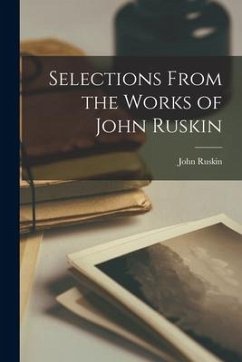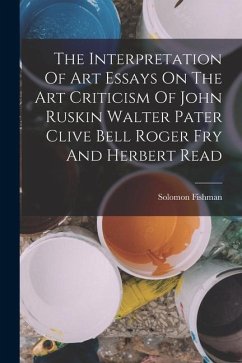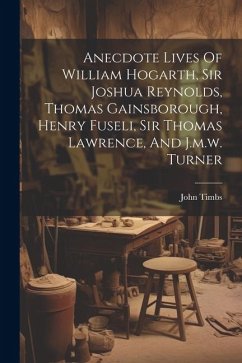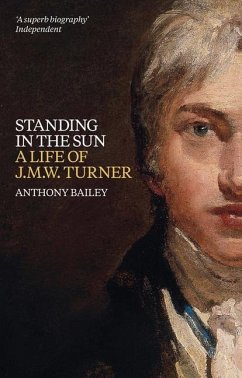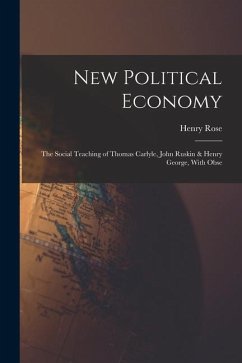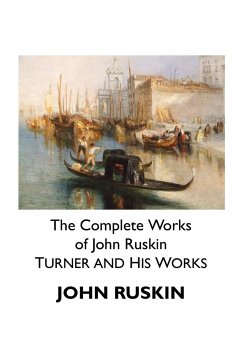
THE COMPLETE WORKS OF JOHN RUSKIN
TURNER AND HIS WORKS
Versandkostenfrei!
Versandfertig in 1-2 Wochen
14,99 €
inkl. MwSt.

PAYBACK Punkte
7 °P sammeln!
TURNER AND HIS WORKSBy John RuskinEngland's greatest artist J.M.W. Turner (1775-1851) is explored in this lecture by one of Turner's staunchest supporters, the art critic John Ruskin. Taken from Ruskin's Complete Works, the 1853 lecture on Turner offers an introduction to his art from a critic who knew the artist. Ruskin also considers the forerunners of Turner's art, in aesthetic areas such as colour and light. Fully illustrated with works from each stage of J.M.W. Turner's career. 108pp. www.crmoon.com



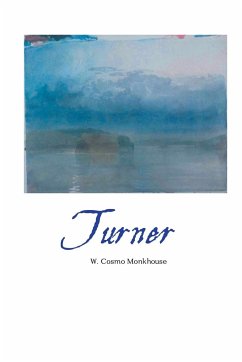
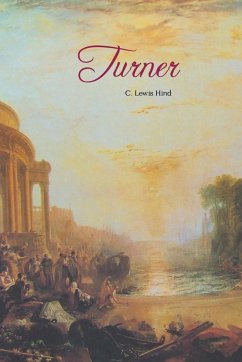
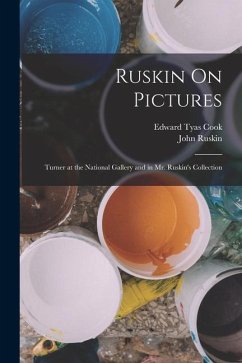
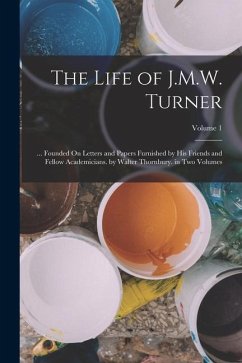
![The Works Of John Ruskin ...: Fors Clavigera [first-second Series, Including] Index [v.20] 1871-87 Cover The Works Of John Ruskin ...: Fors Clavigera [first-second Series, Including] Index [v.20] 1871-87](https://bilder.buecher.de/produkte/71/71690/71690323n.jpg)
